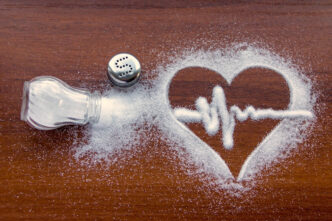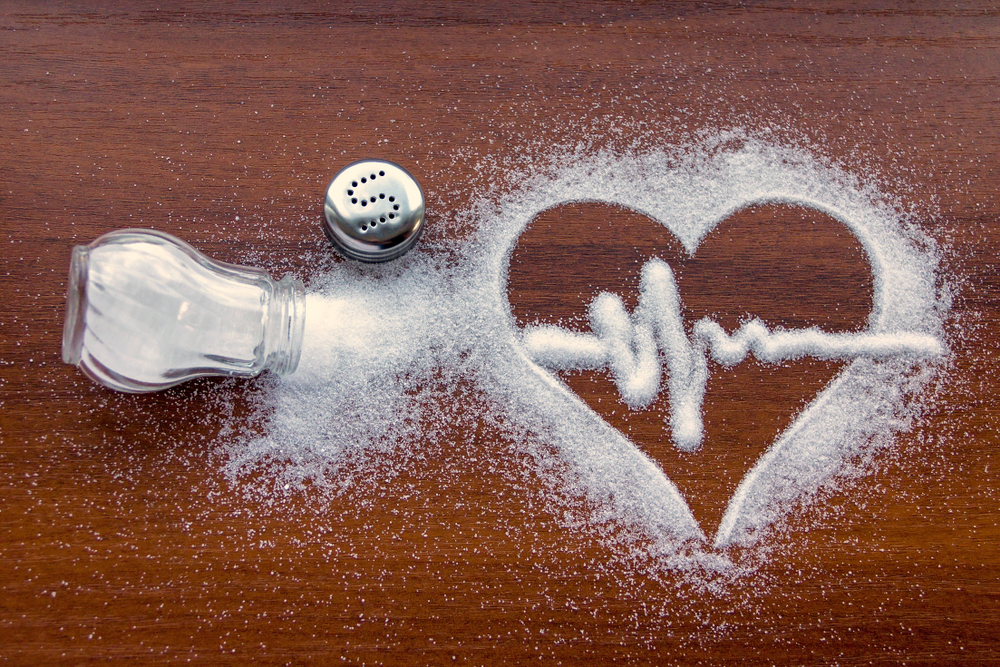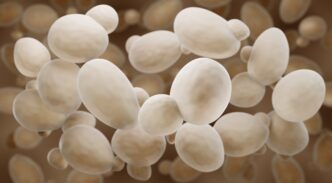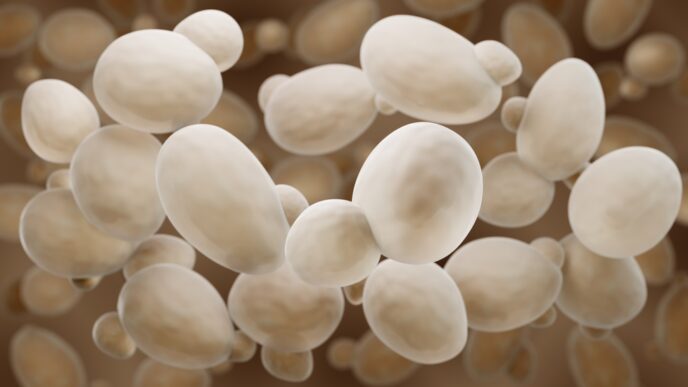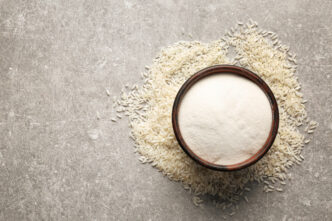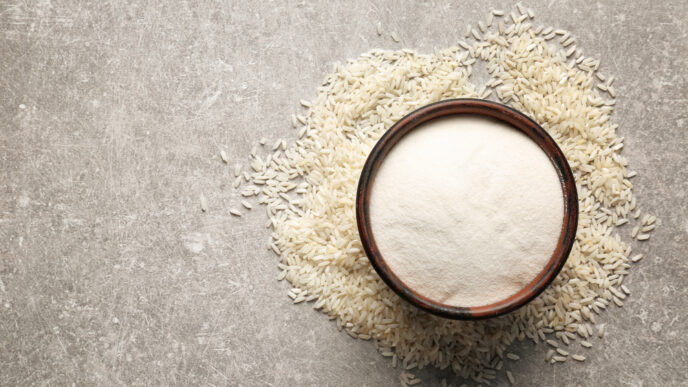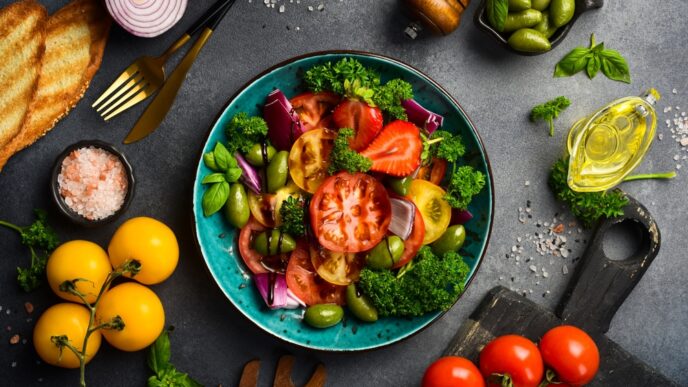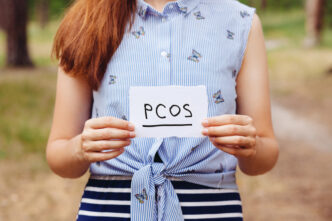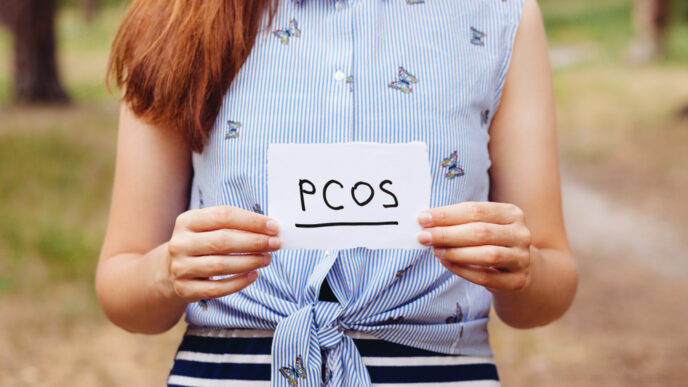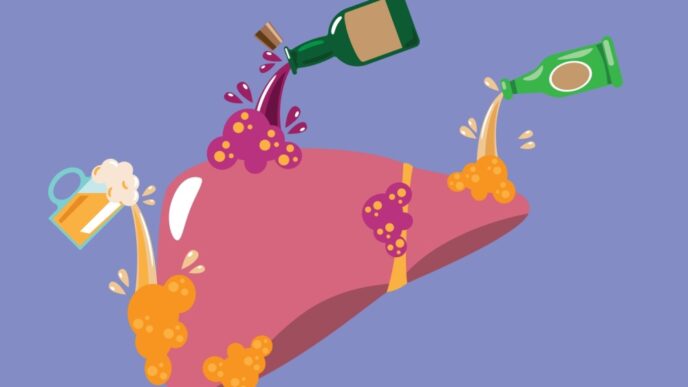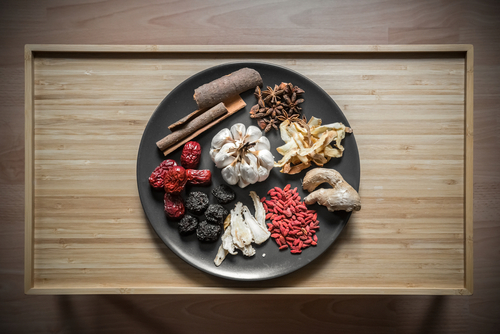Not all salts are the same. From table salt to pink Himalayan crystals, different types bring subtle effects to our health. In this article, we’ll explore popular salts, how they stack up against each other, and healthier ways to season your food without overloading on sodium.
WORDS GAN JIA YI AND ALINA ITA AZHAR
 FEATURED EXPERT FEATURED EXPERTGAN JIA YI Final Year Bachelor of Science (Hons) Dietetics with Nutrition Student School of Health Sciences, IMU University |
 FEATURED EXPERT FEATURED EXPERTALINA ITA AZHAR Senior Clinical Instructor Division of Nutrition, Dietetics and Food Science School of Health Sciences IMU University |
ALL TYPES OF SALT HAVE ABOUT THE SAME AMOUNT OF SODIUM
Salt is made up of sodium and chloride. Some types contain trace minerals depending on where they come from and how they are processed.
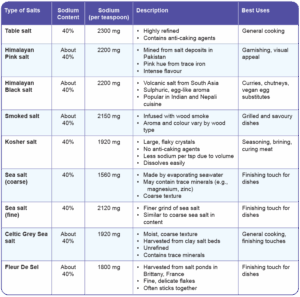
But here’s the deal:
The World Health Organization (WHO) states that regardless of the types, the sodium content is approximately the same — about 40% by weight.”
Iodized Salts
|
THE ISSUE WITH SODIUM
When we consume excess sodium, the body retains extra water to maintain balance.
This increases blood volume, putting more strain on the heart.
This additional strain can potentially lead to hypertension and other cardiovascular issues over time.
HOWEVER, WE DO NEED SODIUM
Our bodies still need sodium in the right amounts to support our nerve function, muscle activity, and fluid balance.
- The Ministry of Health Malaysia recommends a maximum of 2,300 mg of sodium per day for healthy individuals. This is about 1 teaspoon of salt.
- The American Heart Association suggests a stricter goal of 1, 500 mg a day for better heart health, especially for those with hypertension or heart disease risk.
However, the latest national survey shows that Malaysians consume an average of 7.3 grams of salt daily, which is more than 1.5 teaspoons!
This underscores the fact that the amount of salt we eat is more important than the type.
SO, WHAT ARE THE HEALTHIER CHOICES OF SALT SHOULD ONE CONSIDER?
- First, check with your doctor on the amounts of salt that you can safely consume each day if you have kidney disease, heart failure, or diabetes.
- Go for coarse salts like sea salt or kosher salt. Their larger crystals mean less sodium per teaspoon.
- Alternatively, choose potassium salt or “lite” salt
Potassium Salt
- Sodium-free.
- Made from potassium chloride.
- Potassium is a vital mineral that helps control blood pressure, supports muscle and nerve function, and balances fluid levels in the body.
- Can taste slightly bitter or metallic in large amounts.
“Lite” Salt
- A blend of sodium and potassium chloride.
- Contains 15-20% sodium (1,160 mg per teaspoon) — 50% less sodium than regular salt
- Tastes closer to regular salt.
|
OTHER TIPS TO ENJOY SALT IN THE RIGHT AMOUNTS
Sea Salt-Flavoured Desserts
Even just one dessert may contain about ⅛ teaspoon of salt.
- Limit to one salty treat daily.
- Pair your dessert with a plain drink like green tea or water instead of salted cheese foam beverages to avoid doubling up on sodium.
- Downsize your portion. Go for a shared dessert or smaller portion. For example, get a single scoop of sea salt ice cream instead of a large sundae.
Korean Foods
Korean cuisine is often rich in sodium due to ingredients like soy sauce, kimchi, and fermented pastes.
- Add more fresh sides. Pair salty dishes with fresh vegetables, lettuce wraps, or steamed rice to balance your meal.
- Go for grilled over soupy dishes. Opt for grilled meats instead of salty stews like kimchi or doenjang jjigae. If ordering soup, go for clear broth options.
- Watch the sauces. Ask for sauces or complementary cheeses on the side and dip lightly instead of pouring them all over. If the dish looks overly saucy, scrape off excess sauce before eating.
Other Practical Tips
- Use natural herbs and spices to enhance flavour instead of relying on salt.
- Asking for less kuah when dining out to reduce hidden sodium in your meals.
- Including at least 3 servings of vegetables and 2 servings of fruits daily to support your body’s sodium balance by providing sufficient potassium.
IN CONCLUSION
- All salts contain similar sodium content. Fancy names do not change that!
- Use salt in moderation. Stick to 1 teaspoon or less a day.
- Potassium-based or “lite” salts can be helpful, but it is best to first focus on other sodium-reducing strategies before turning to salt alternatives.
- If you have any health conditions, it’s important to consult a doctor or dietitian before using salt alternatives.
| Do you know that the IMU Student Dietetics and Wellness Clinic in IMU University offers free individualized meal planning services as well as a few other nutrition-related services? Check out our article on this clinic and how you can avail yourself to their free services. |
| This article is part of our series on foods and how consuming these foods can affect various aspects of our health. |
References:
-
National Coordinating Committee on Food and Nutrition. (2017). Recommended nutrient intakes for Malaysia. Ministry of Health Malaysia. https://expert.taylors.edu.my/file/rems/publication/107126_3033_1.pdf
-
American Heart Association. (2023, January 15). Sea salt vs. table salt. American Heart Association. https://www.heart.org/en/healthy-living/healthy-eating/eat-smart/sodium/sea-salt-vs-table-salt
-
Harvard T.H. Chan School of Public Health. (n.d.). Salt and sodium. The Nutrition Source. Retrieved May 8, 2025, from https://nutritionsource.hsph.harvard.edu/salt-and-sodium/
-
American Heart Association. (2023, January 15). How much sodium should I eat per day? https://www.heart.org/en/healthy-living/healthy-eating/eat-smart/sodium/how-much-sodium-should-i-eat-per-day
-
Institute for Public Health. (2024). National health and morbidity survey 2024: Key findings. Ministry of Health Malaysia. https://iku.nih.gov.my/images/nhms2024/key_findings_nhms2024.pdf

